Greater availability of home-grown milling grade wheat and a reduced competitiveness of imports has boosted the use of GB wheat.
In the first three months of the season (July to September) imports accounted for just 12% of the 1.8 million tonnes (mt) used by the GB milling industry, according to figures released this month by the Department for Environment, Food and Rural Affairs (Defra).
This is the lowest amount of imported wheat used during the first quarter of the season since 2011, according to the Agriculture & Horticulture Development Board (AHDB).
The lower use of imports reflected greater availability of UK milling grades – the AHDB recently announced that the proportion of UK wheat hitting the high-quality bread specification was set to be the highest in 10 years.
It is also a result of the gap between GB and imported wheat narrowing, with AHDB reporting UK ex-farm bread wheat was around £31/t cheaper than imported equivalent German ‘A’ wheat this September, compared with £22/t in September 2015.
AHDB has also reported that overall GB wheat usage was 10% higher in July to September this year than in the same quarter a year ago.
One reason for this is increased bioethanol demand following the re-opening of a major plant in July 2016, but usage has also been boosted by a low specific weight for the latest crop, which means more wheat needs to be milled to achieve the same level of flour output.
The 2016 average specific weight is provisionally expected to be 76.7 kg/hl, the lowest result since 2012.






















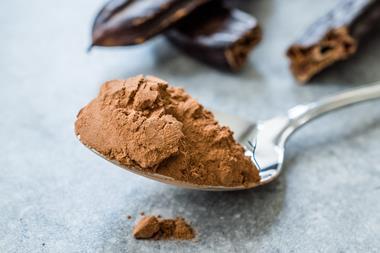

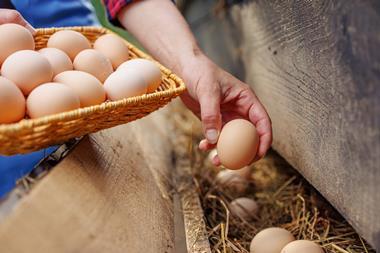


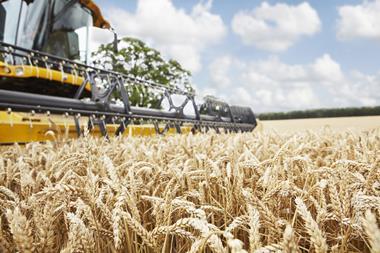
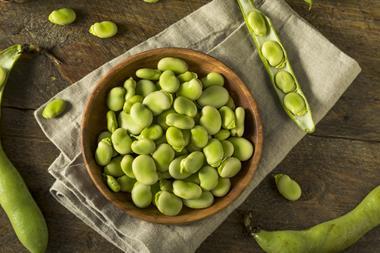

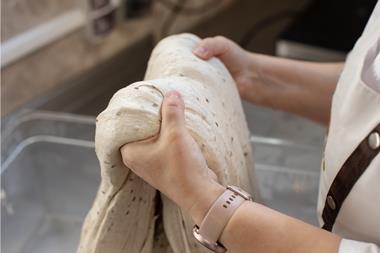

No comments yet